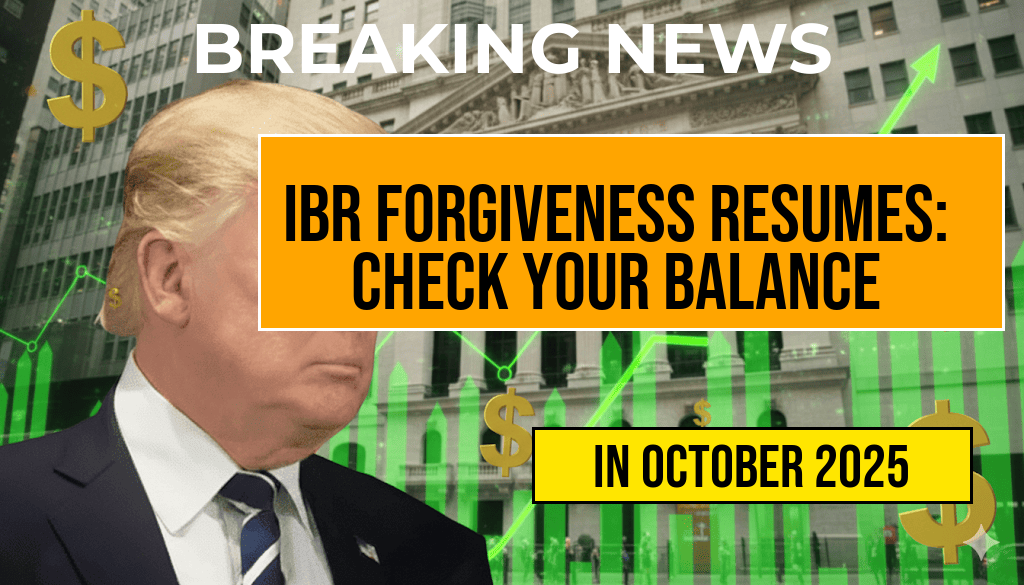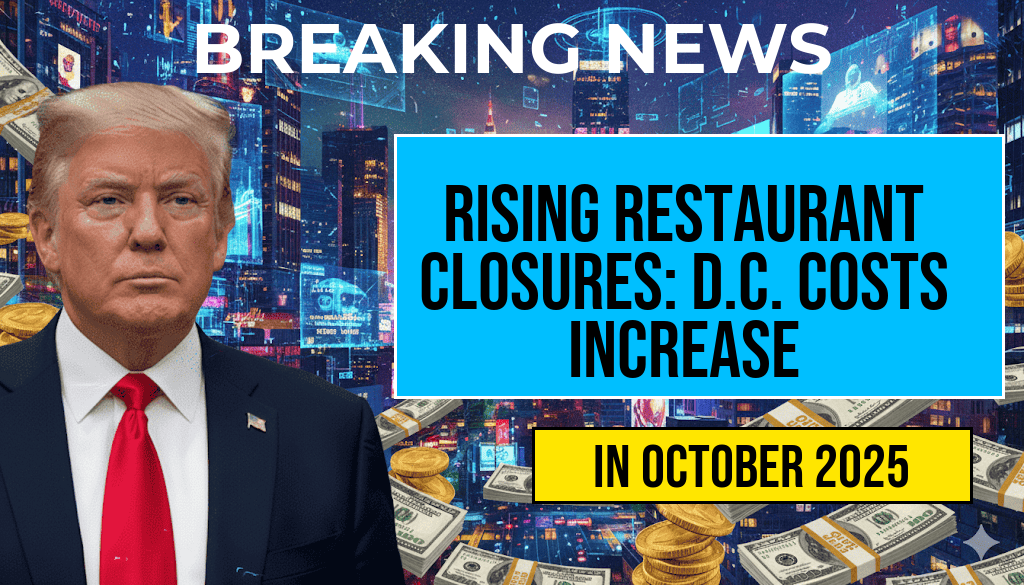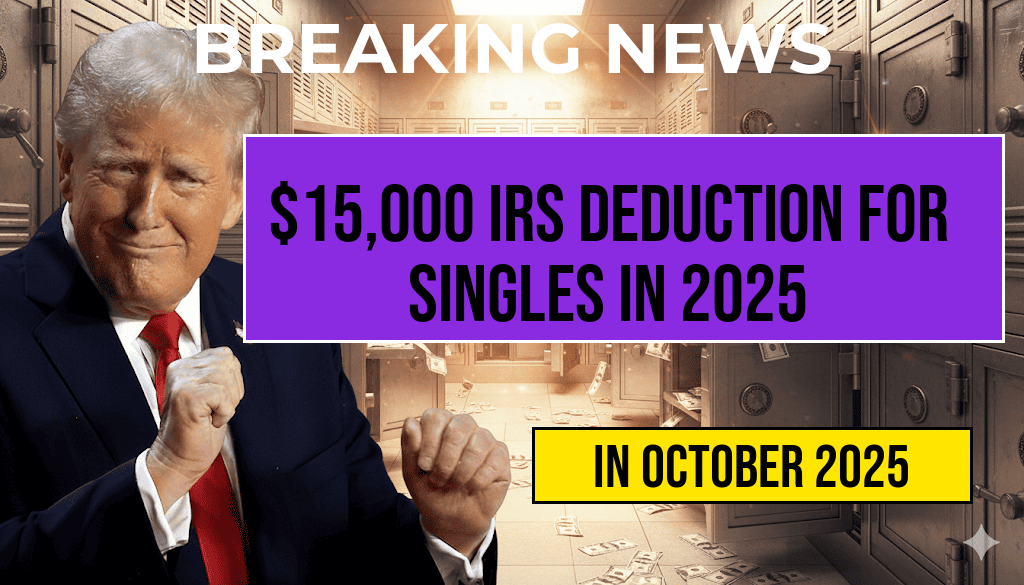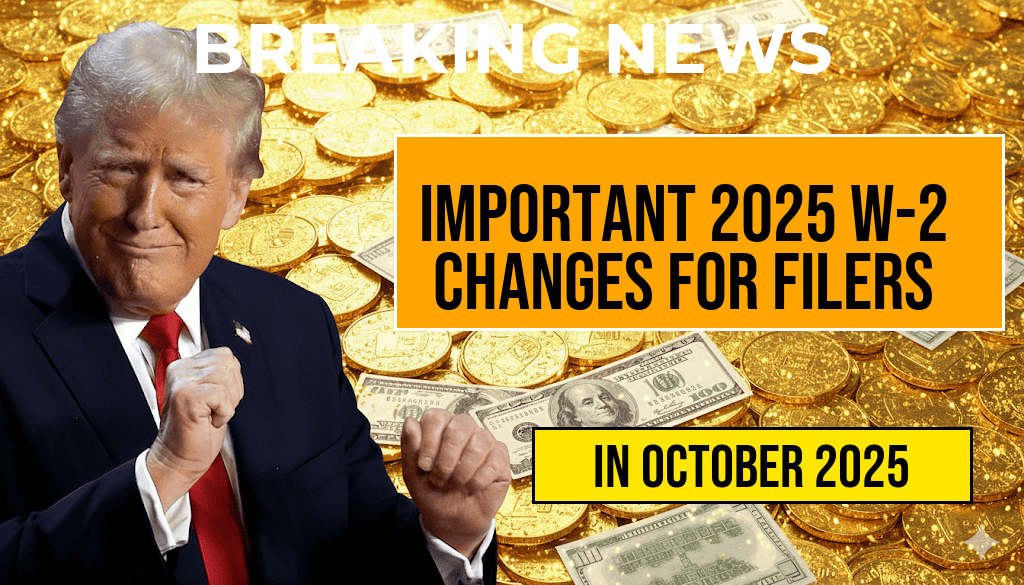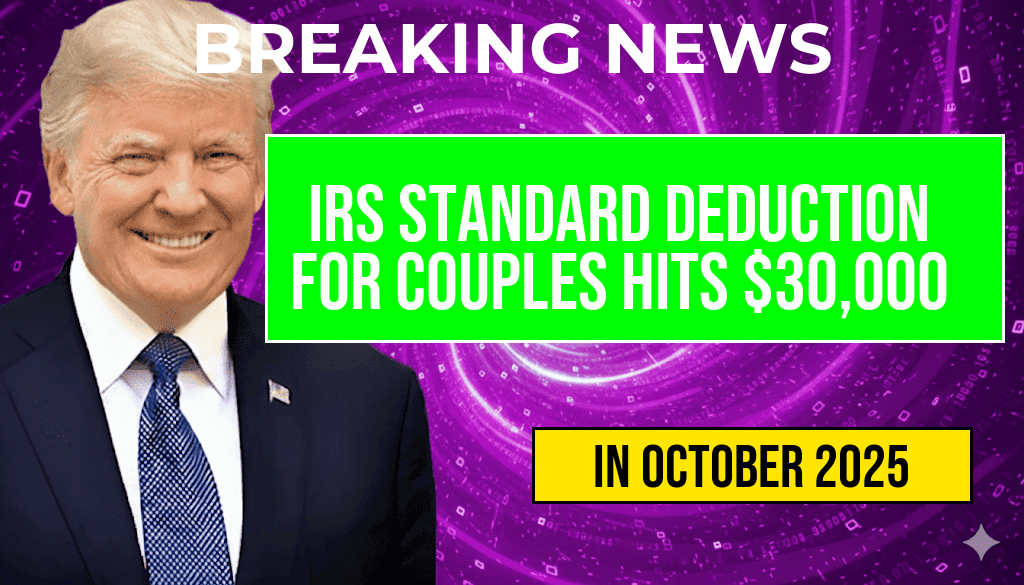As the Biden administration continues its efforts to reform student loan forgiveness programs, recent emails reveal that many long-time Federal Direct Loan borrowers are seeing their balances vanish completely. This development comes as part of the Income-Driven Repayment (IDR) forgiveness program, which has recently resumed after a temporary pause. With reports indicating that some borrowers could qualify for discharges ranging from $10,000 to $50,000, anxiety and excitement are palpable among those who have been repaying their loans for years. Understanding the eligibility criteria and implications of this program is crucial for borrowers eager to take advantage of these changes.
Understanding the Income-Driven Repayment Forgiveness Program
The Income-Driven Repayment (IDR) forgiveness program allows borrowers to have their student loans forgiven after making a set number of qualifying payments, which can vary depending on their repayment plan. Under this program, payments are calculated based on the borrower’s income and family size, resulting in lower monthly payments for many.
Who is Affected?
Recent communications have identified a significant number of borrowers who have been making regular payments for many years, often without realizing they were on a path to forgiveness. The new guidance indicates that if borrowers have made the required number of payments, their remaining balance may be discharged entirely. This is particularly impactful for those who have been in repayment for 20 years or more.
Key Benefits of the Program
- Debt Discharge: Eligible borrowers may see their student loan balances reduced to $0.
- Financial Relief: Forgiveness can alleviate significant financial burdens for long-time borrowers.
- Increased Awareness: Recent communications are shedding light on eligibility and application processes.
How to Check Your Eligibility
Many borrowers may be wondering how to determine if they qualify for the IDR forgiveness program. Here are some steps to help you ascertain your eligibility:
- Review Your Payment History: Check with your loan servicer to understand how many qualifying payments you have made.
- Consult the Official Guidelines: Visit the Federal Student Aid website for comprehensive information on eligibility criteria and application procedures.
- Stay Informed: Pay attention to communications from your loan servicer, as they may send notifications regarding your status.
Implications for Borrowers
The resumption of the IBR forgiveness program is a significant development for borrowers who have been diligently repaying their loans. For some, the prospect of discharges between $10,000 and $50,000 can mean a fresh financial start. However, it’s essential to approach this opportunity with caution. Here are a few considerations:
- Tax Implications: While federal student loan forgiveness is generally not considered taxable income, it’s important to stay updated on tax regulations.
- Future Borrowing: Understand how loan forgiveness may affect your credit score and future borrowing capabilities.
- Stay Engaged: Keep communication lines open with your loan servicer to navigate any changes effectively.
What to Expect Moving Forward
As the Biden administration implements its student loan forgiveness initiatives, borrowers should anticipate further updates on eligibility and application processes. The Department of Education has indicated that they are working diligently to ensure that all eligible borrowers receive the benefit they deserve. This includes potential outreach to borrowers who may not be aware of their eligibility status.
Resources for Borrowers
For those looking to learn more about student loan forgiveness and the IDR program, several authoritative resources are available:
- Federal Student Aid
- Forbes: Student Loan Forgiveness Guide
- Wikipedia: Student Loan Debt in the United States
As the landscape of student loan repayment continues to evolve, it’s critical for borrowers to stay informed about their rights and options. With the IDR forgiveness program now back in operation, many may find themselves in a position to significantly reduce or eliminate their student loan debt.
Frequently Asked Questions
What is IBR Forgiveness?
IBR Forgiveness refers to the Income-Based Repayment program that allows borrowers to have their federal student loans forgiven after making a certain number of qualifying payments based on their income. This program is designed to provide relief to long-term borrowers.
Who qualifies for IBR Forgiveness?
To qualify for IBR Forgiveness, borrowers must be enrolled in an income-driven repayment plan and have made consistent payments for a specified period, typically 20 to 25 years, depending on the loan type. Additionally, borrowers must demonstrate financial hardship.
What do $0 balances mean for long-time payers?
Receiving a $0 balance can indicate that long-time payers have met the requirements for forgiveness under the IBR program. This means that their remaining loan balance may be eligible for discharge, potentially resulting in discharges ranging from $10k to $50k.
How can I check if I qualify for IBR Forgiveness?
To check if you qualify for IBR Forgiveness, you should review your loan details on the Federal Student Aid website, contact your loan servicer, or consult a financial advisor familiar with student loan forgiveness programs.
What steps should I take if I believe I am eligible for loan discharge?
If you believe you are eligible for a loan discharge due to IBR Forgiveness, you should gather all relevant documentation, contact your loan servicer to discuss your options, and follow their guidance on submitting any necessary paperwork to initiate the discharge process.

